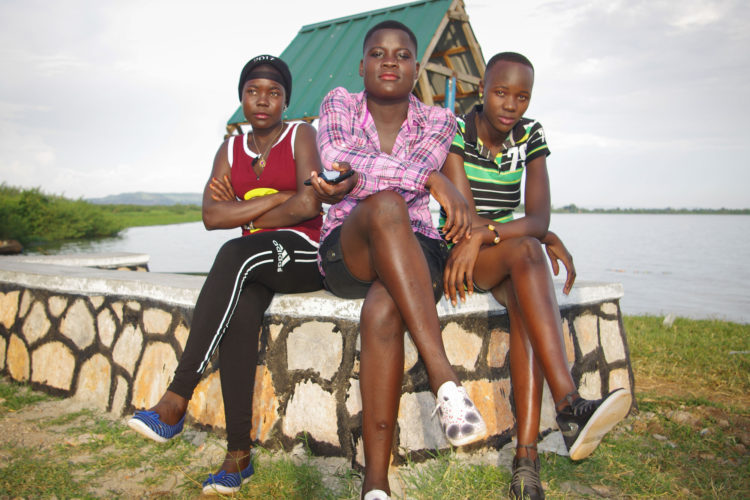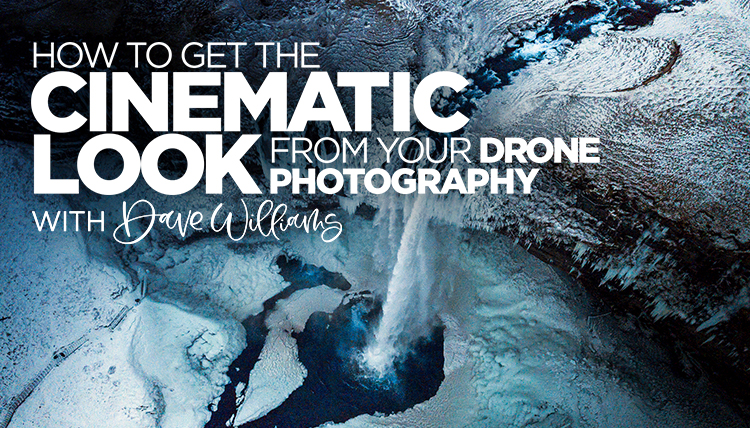
When did you fall in love with photography? Can you remember the moment of perfect cohesion when your brain and heart infused the clunky object in your hand and the wild world was captured through a lens? It stirred something inside you and you realized, “There’s my voice. There’s my sight.”
Were you once too shy to step out before you allowed your camera to become a buffer, a connection when you felt so disconnected? Were you too unrestrained and scattered, yet the camera benevolently forced you to slow down, listen, and compose order from chaos?
Yeah, me too.
And then there was this one day in 2009 as I sat on the floor of an orphanage in New Delhi, India. I handed my Canon 30D to an 8-year-old named Simon and taught him the essential functions of the camera. I watched him move about the room, interacting with his friends, and focusing with such intent concentration for an 8-year-old. I saw this familiar spark begin to grow in him and expand with each shutter click and smile as he viewed his images on the dusty camera screen.

“My God, he gets it too,” I thought, amazed.
And though I was in India to use my photography as a “voice for the voiceless,” Simon helped me discover that he already had a voice, he just had no way to express it.
Over the next few years, my job title shifted from photographer to educator to non-profit-person in rapid succession.

I founded Picture Change in 2011 in response to the realization that the people in front of my camera were able to tell their own story, they just lacked the education and resources to do so.


Picture Change invests 6 – 10 weeks in students living in areas struggling under poverty or social injustice. We begin with photography basics and then move into documentary storytelling technique and basic business skills. They choose someone in their community to feature in a photo story, implementing listening and interview abilities they’ve learned while documenting the lives of their subject.

The students facilitate a “giving back day” in which they use their new photography skills to benefit others, such as photographing and distributing family portraits or “glamour pics” for widows in the village. For many recipients, it was the first printed photo they had of themselves.

To conclude each project, we host a community-wide gallery show championing the students’ hard work and celebrating the lives they have documented in a fun, public event. We make every effort to bring in local professional photographers during the project and connect our students to further opportunities in the months following. The donated gear is entrusted to our partner organization so the can students continue their photography and have an opportunity to earn their own camera. Thus far, Picture Change has worked in India, Montenegro, Uganda, four unique projects in Nicaragua, and with refugees resettled in Nashville, Tennessee.


Most of our students have experience being in front of the camera and though, undoubtedly, most of the photographers/missionaries/NGO’s were well-intentioned, the results left a negative impression.
I asked our students in Uganda, “Based on what you see on social media and the news, what is a stereotype about Africans?”
“That we are all poor! We are all dirty beggars! That we all have HIV!” they responded.
“Is this true?”
“No!!!”
“Then show me with your photography what is the truth. Show me Africa by Africans.”



One of our students has taken her photography education further than anyone ever imagined. Rosa Lisseth Umanzor Diaz lived in a small fishing village in Nicaragua and had learned English by attending school in El Salvador. She was my translator and first photography student in the village of Padre Ramos, Nicaragua, our flagship project in 2011. With the skills she acquired and equipment donated by Picture Change supporters, Rosa adopted the vision of Picture Change as her own. She built a business as a freelance photographer, taught classes in her community, and has been hired by international companies and photojournalists. We also recently hired her as Picture Change’s social media manager.

In 2017, Rosa flew (for her first time) to Uganda to work as an assistant teacher with Picture Change. She was a true cultural ambassador and an incredible inspiration to our African students. She, like them, grew up struggling to meet day-to-day needs and overcame enormous obstacles for an education or finding a decent job. Yet, because of photography, she has been able to support her family, meet needs in her community, and eventually found herself traveling halfway around the world to share her skills and story with others.


In fact, Rosa recently told me, “I have only cried of happiness twice in my life. The first time was when I had just finished a photography job in the northern part of my country and was on the bus coming home. There I was, a Nicaraguan woman traveling alone, earning my own money, and using my skills to help others.”
Photography is communication without words. It can be a tool for empowerment and activism, bringing hope that things can change and YOU have a role, a voice, in changing the world for the better. Not all of my students become professional photographers but all learn to see themselves and the world around them with more clarity and greater understanding. It is my privilege to work with (rather than for) those in poverty and share this gift which has changed my life – the power of storytelling through photography.



Thank you.
If you’d like to help Picture Change empower more students to have an impact through photography, you can find out more about donating equipment (such as camera gear, smartphones, or laptop computers) or financially right here.
You can also help Picture Change by using your voice via business connections, relationships, or social networks to raise awareness of Picture Change and champion the work of our students.
To learn more about Picture Change, see student photography, or find more ways to be involved, visit Picture-Change.org or email Kate at info@picture-change.org.
“You are important because you exist and your circumstances do not define you.”
Kate is available for speaking engagements via kategazaway.com. You can also see more of her work at Kate-Gazaway.squarespace.com, and keep up with her on Instagram. Be sure to follow Picture Change on Instagram as well!








2 comments